Home>Furniture & Design>Outdoor Furniture>How Often Should Outdoor Succulents Be Watered?
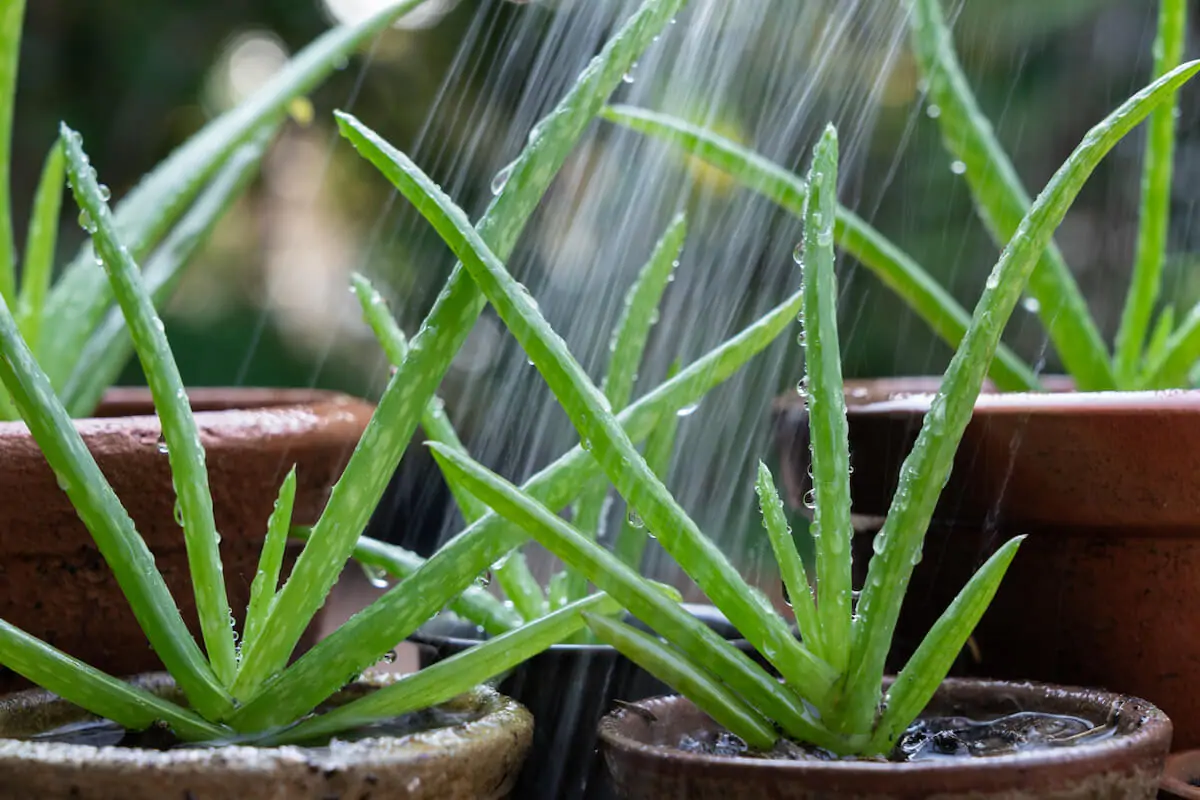

Outdoor Furniture
How Often Should Outdoor Succulents Be Watered?
Published: January 12, 2024
Discover the best watering schedule for outdoor succulents and keep your outdoor furniture thriving with our expert tips on succulent care. Learn how to maintain healthy outdoor succulents.
(Many of the links in this article redirect to a specific reviewed product. Your purchase of these products through affiliate links helps to generate commission for Storables.com, at no extra cost. Learn more)
Introduction
In the realm of outdoor furniture, the allure of succulents cannot be overstated. These hardy, low-maintenance plants have become a staple in modern outdoor design, adding a touch of greenery and elegance to any space. However, despite their reputation for resilience, succulents require proper care and attention, particularly when it comes to watering.
Understanding the unique watering needs of outdoor succulents is essential for ensuring their health and longevity. While these plants are renowned for their ability to thrive in arid conditions, finding the right balance between hydration and drought is crucial for their well-being.
In this comprehensive guide, we will delve into the factors that influence the watering requirements of outdoor succulents, explore the optimal watering frequency, and provide valuable insights into identifying signs of overwatering and underwatering. Additionally, we will discuss best practices for watering outdoor succulents, equipping you with the knowledge and confidence to nurture these captivating plants with care and precision.
Join us on this journey as we unravel the art and science of watering outdoor succulents, empowering you to cultivate a vibrant and flourishing outdoor oasis.
Key Takeaways:
- Outdoor succulents should be watered every 10 to 14 days during the growing season, and less frequently in winter, to maintain their health and vitality.
- Signs of overwatering and underwatering, such as yellowing leaves or shriveled foliage, can help you adjust your watering practices and ensure your outdoor succulents thrive.
Factors to Consider
When determining the watering needs of outdoor succulents, several factors come into play, each exerting a significant influence on the frequency and quantity of water these plants require. Understanding these factors is essential for creating an optimal watering regimen that promotes the health and vitality of your outdoor succulents.
- Climate: The climate in which your succulents are situated plays a pivotal role in their watering requirements. In arid, hot climates, such as desert regions, succulents may need more frequent watering to cope with the intense heat and dry air. Conversely, in cooler, more humid climates, watering frequency may be reduced to prevent moisture-related issues.
- Season: The seasonal variations in temperature and sunlight exposure directly impact the water needs of outdoor succulents. During the scorching heat of summer, succulents may require more frequent watering to combat dehydration, while in the cooler months, their water intake may decrease significantly.
- Soil Type: The composition and drainage capabilities of the soil in which succulents are planted greatly influence their water requirements. Well-draining, porous soil allows excess water to escape quickly, preventing waterlogged conditions that can be detrimental to succulents. Conversely, dense, compacted soil retains moisture for longer periods, necessitating a more conservative approach to watering.
- Container vs. Ground Planting: The method of planting, whether in containers or directly in the ground, can impact the watering needs of outdoor succulents. Container-grown succulents typically require more frequent watering due to the limited soil volume and increased exposure to environmental elements, while succulents planted in the ground may rely more on natural rainfall and groundwater.
- Sunlight Exposure: The amount of sunlight that outdoor succulents receive influences their water requirements. Succulents situated in full sun may experience faster evaporation of moisture from their leaves and soil, necessitating more frequent watering, while those in partial shade may retain moisture for longer periods.
By carefully considering these factors, you can tailor your approach to watering outdoor succulents, ensuring that their unique needs are met in a manner that promotes robust growth and resilience.
Watering Frequency for Outdoor Succulents
One of the most crucial aspects of succulent care is determining the appropriate watering frequency. While succulents are renowned for their ability to store water in their fleshy leaves and stems, it is essential to strike a balance between providing adequate hydration and avoiding waterlogged conditions. The ideal watering frequency for outdoor succulents is influenced by several key factors, each contributing to a tailored approach that supports their well-being.
As a general guideline, outdoor succulents typically require watering once every 10 to 14 days during the growing season, which spans from spring to early fall. However, this timeframe is not set in stone and should be adjusted based on specific environmental conditions and the individual needs of the succulent species in question.
It is important to monitor the moisture levels in the soil to gauge when watering is necessary. A simple and effective method is to insert a finger into the soil up to the first knuckle. If the soil feels dry at this depth, it is an indication that the succulents are ready for watering. Additionally, observing the appearance of the succulents’ leaves can provide valuable insights; if they appear slightly wilted or show signs of puckering, it may be an indication that the plants are in need of moisture.
During the dormant period in winter, the watering frequency for outdoor succulents should be significantly reduced to account for the decreased metabolic activity and lower water requirements of the plants. In most cases, watering once a month or even less may be sufficient, ensuring that the succulents do not experience excess moisture during this period of reduced growth.
It is important to emphasize that these guidelines serve as a starting point, and close observation of the succulents and their environment is essential for fine-tuning the watering frequency. By adapting to the specific needs of your outdoor succulents and remaining attentive to environmental cues, you can establish a watering schedule that nurtures their health and resilience, fostering a thriving outdoor display of natural beauty.
Signs of Overwatering and Underwatering
Recognizing the signs of overwatering and underwatering is crucial for maintaining the health and vigor of outdoor succulents. Both conditions can have detrimental effects on these resilient plants, making it essential to be vigilant and responsive to the signals that they convey.
Signs of Overwatering:
Overwatering is a common concern for succulent enthusiasts and can lead to a host of issues, including root rot, fungal diseases, and overall decline in plant health. By being attuned to the following signs, you can take proactive measures to address overwatering and prevent its adverse effects:
- Yellowing or Translucent Leaves: Overwatered succulents may develop yellow or translucent leaves, indicating that the roots are struggling with excess moisture, leading to reduced nutrient uptake and vitality.
- Soft or Mushy Texture: The leaves and stems of overwatered succulents may take on a soft or mushy texture, signaling that the plant is retaining more water than it can effectively utilize.
- Wilting or Drooping: Contrary to the expectation, overwatered succulents may exhibit wilting or drooping, as the roots become compromised and are unable to support the plant’s structure.
- Foul Odor: Excessive moisture in the soil can create an environment conducive to anaerobic bacteria, resulting in a foul, musty odor emanating from the potting medium.
Read more: How Often Should Lawns Be Watered
Signs of Underwatering:
While succulents are adept at enduring periods of drought, prolonged underwatering can lead to stress and diminished vitality. By recognizing the signs of underwatering, you can intervene and provide the necessary hydration to revitalize your outdoor succulents:
- Shriveled or Wrinkled Leaves: Underwatered succulents often display shriveled or wrinkled leaves, indicating that the plant is dehydrated and in need of water replenishment.
- Leaf Drop: In an effort to conserve moisture, underwatered succulents may shed their lower leaves, redirecting resources to support the survival of the upper foliage.
- Stunted Growth: Prolonged underwatering can impede the growth and development of outdoor succulents, resulting in stunted or delayed growth patterns.
- Leaves Losing Color: As a response to water scarcity, succulents may lose their vibrant coloration, appearing dull or faded compared to their well-hydrated counterparts.
By remaining attentive to these telltale signs, you can take proactive measures to adjust your watering practices, ensuring that your outdoor succulents thrive in a balanced and nurturing environment.
Best Practices for Watering Outdoor Succulents
Mastering the art of watering outdoor succulents involves embracing a holistic approach that considers various elements, from environmental factors to watering techniques. By adhering to best practices, you can cultivate a harmonious balance that sustains the health and beauty of these captivating plants, transforming your outdoor space into a vibrant sanctuary of natural elegance.
1. Watering Technique:
When watering outdoor succulents, it is crucial to employ a targeted and deliberate approach. Direct the water at the base of the plants, allowing it to penetrate the soil deeply. Avoid wetting the foliage excessively, as prolonged moisture on the leaves can increase the risk of fungal diseases and sunburn, particularly in intense sunlight.
2. Soil Moisture Assessment:
Regularly assess the moisture levels in the soil to determine when watering is necessary. Utilize the “finger test” by inserting your finger into the soil to gauge its moisture content. If the soil feels dry at a depth of about an inch, it is an indication that the succulents are ready for watering. Remember that the frequency of watering may vary based on environmental conditions and seasonal changes.
3. Well-Draining Soil:
Ensure that the soil in which outdoor succulents are planted is well-draining to prevent waterlogged conditions. Incorporate coarse sand, perlite, or pumice into the potting mix to enhance its porosity and facilitate efficient water drainage. Well-draining soil promotes healthy root development and reduces the risk of root rot caused by excessive moisture retention.
4. Adjusting to Seasonal Changes:
Adapt your watering practices to align with seasonal variations. During the active growing season, such as spring and summer, outdoor succulents may require more frequent watering to support their metabolic processes and growth. In contrast, the dormant period in winter necessitates a reduction in watering frequency to accommodate the plants’ decreased water needs and lower evaporation rates.
5. Observational Awareness:
Develop a keen sense of observational awareness to detect signs of overwatering and underwatering. Regularly inspect the appearance of the succulents, including the color, texture, and turgidity of their leaves, to gauge their hydration status. By remaining attuned to these visual cues, you can make informed decisions regarding your watering regimen.
By embracing these best practices, you can elevate your approach to watering outdoor succulents, fostering an environment that promotes their resilience, vitality, and enduring beauty. With attentive care and a mindful watering strategy, your outdoor succulents will flourish, enriching your outdoor living spaces with their captivating presence.
Conclusion
As we conclude our exploration of watering outdoor succulents, we emerge with a profound appreciation for the delicate balance between hydration and arid resilience that defines these remarkable plants. Nurturing outdoor succulents entails a fusion of art and science, where attentive care, environmental adaptability, and keen observation converge to sustain their health and vitality.
By considering the myriad factors that influence the watering needs of outdoor succulents, from climate and soil type to seasonal variations and sunlight exposure, we gain a deeper understanding of the nuanced approach required to optimize their watering regimen. Embracing the best practices of targeted watering techniques, soil moisture assessment, and seasonal adaptability empowers us to create an environment that harmonizes with the natural rhythms of these captivating plants.
Recognizing the signs of overwatering and underwatering serves as a compass guiding our watering practices, enabling us to intervene with precision and care. Through this attentive approach, we cultivate a symbiotic relationship with our outdoor succulents, fostering an environment where their resilience and enduring beauty can unfurl with grace.
As we embark on our journey to nurture outdoor succulents, let us carry forth the wisdom gleaned from this guide, infusing our care with mindfulness, adaptability, and a deep reverence for the innate elegance of these hardy plants. With each deliberate watering, each moment of observational connection, and each adjustment to align with seasonal shifts, we contribute to the flourishing tapestry of outdoor succulents, enriching our outdoor spaces with their timeless allure.
May this guide serve as a source of inspiration and empowerment as you embark on your succulent care endeavors, cultivating a sanctuary of natural splendor where outdoor succulents thrive in harmony with the rhythms of the natural world.
Frequently Asked Questions about How Often Should Outdoor Succulents Be Watered?
Was this page helpful?
At Storables.com, we guarantee accurate and reliable information. Our content, validated by Expert Board Contributors, is crafted following stringent Editorial Policies. We're committed to providing you with well-researched, expert-backed insights for all your informational needs.
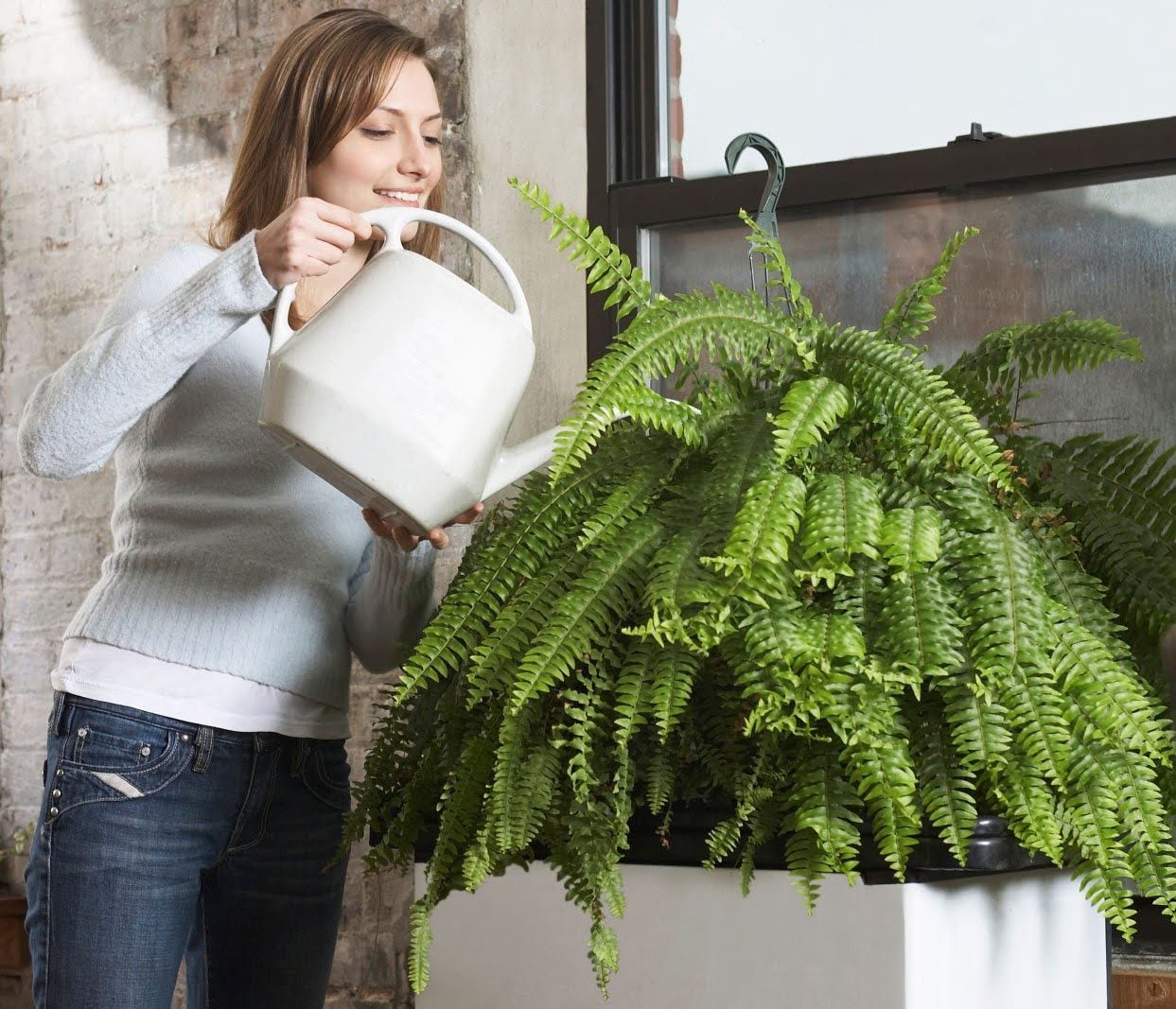
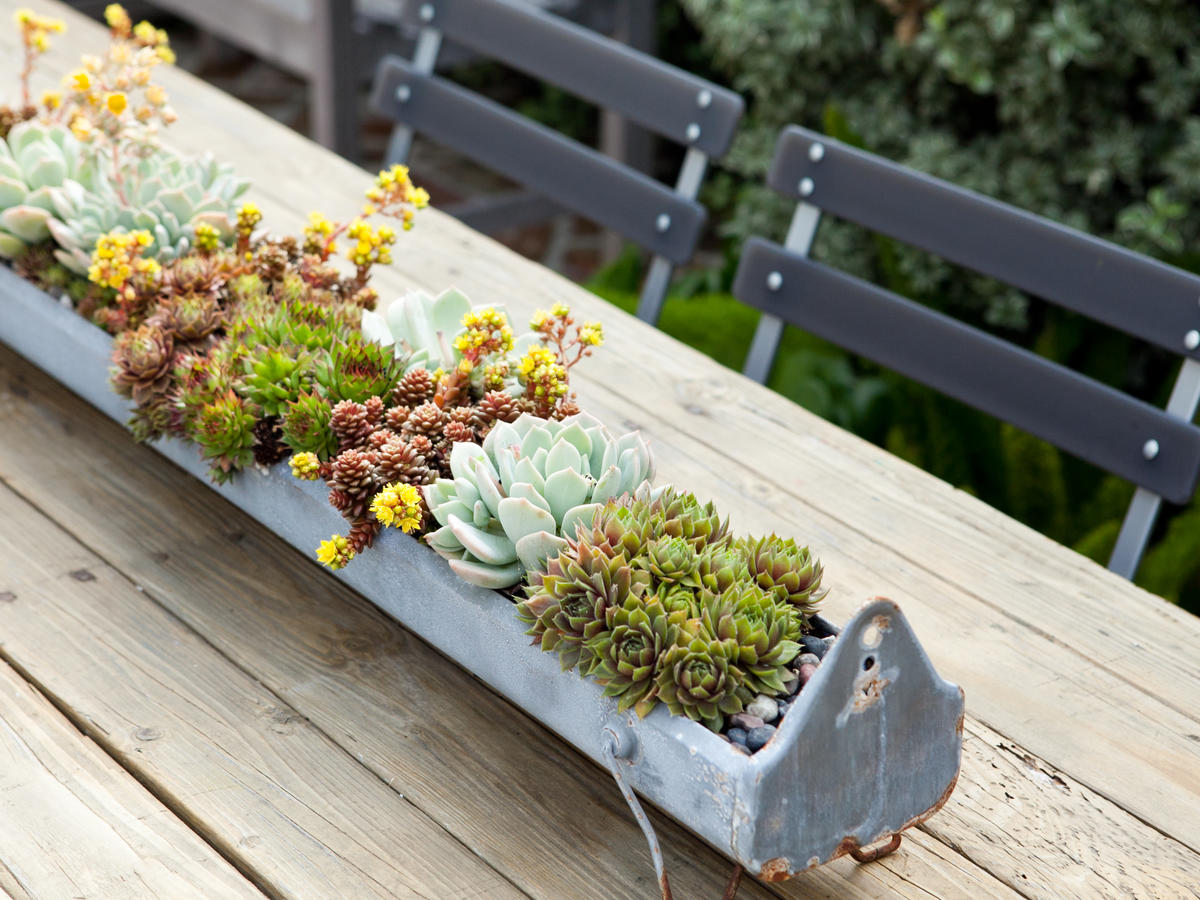
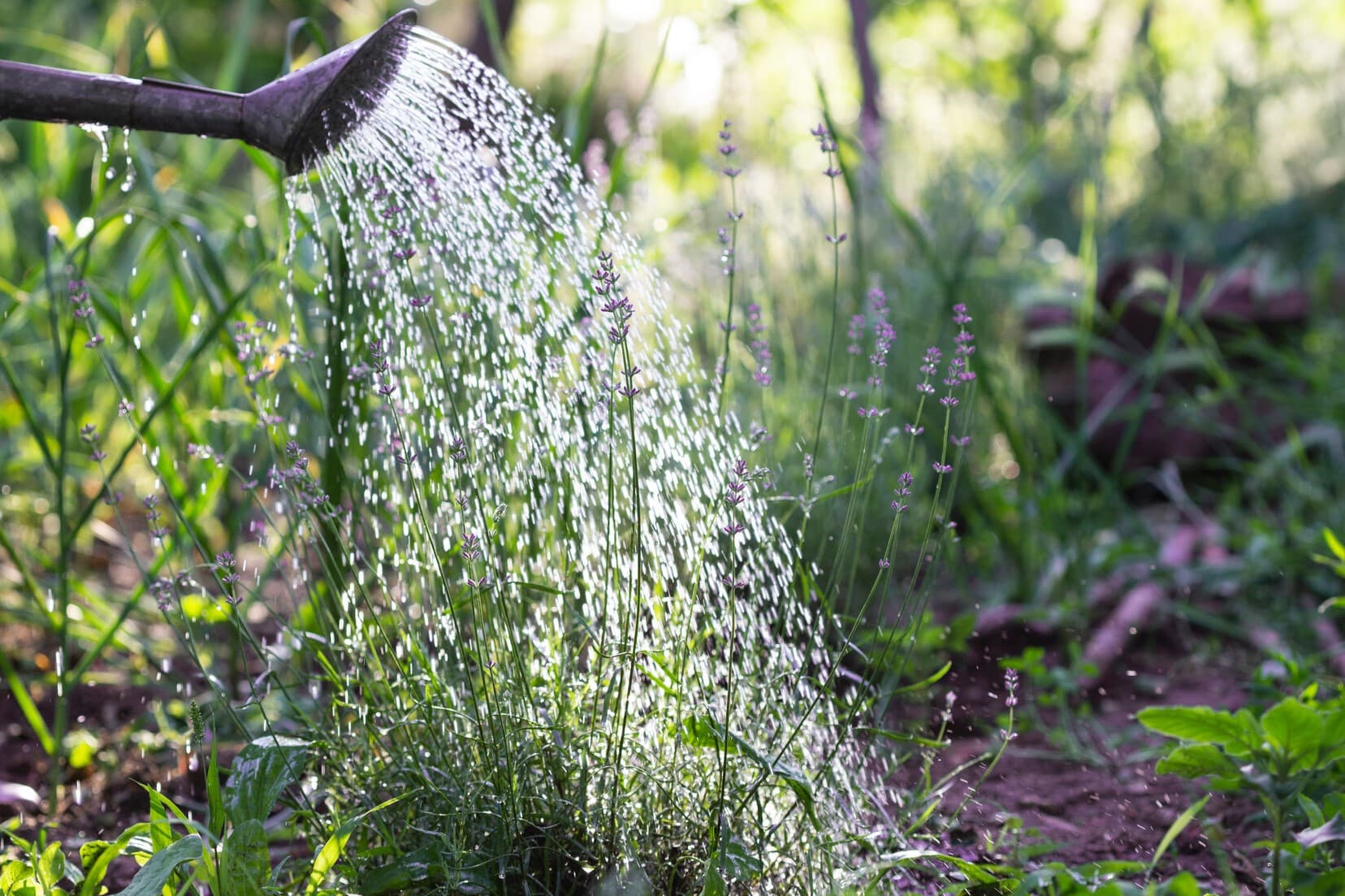
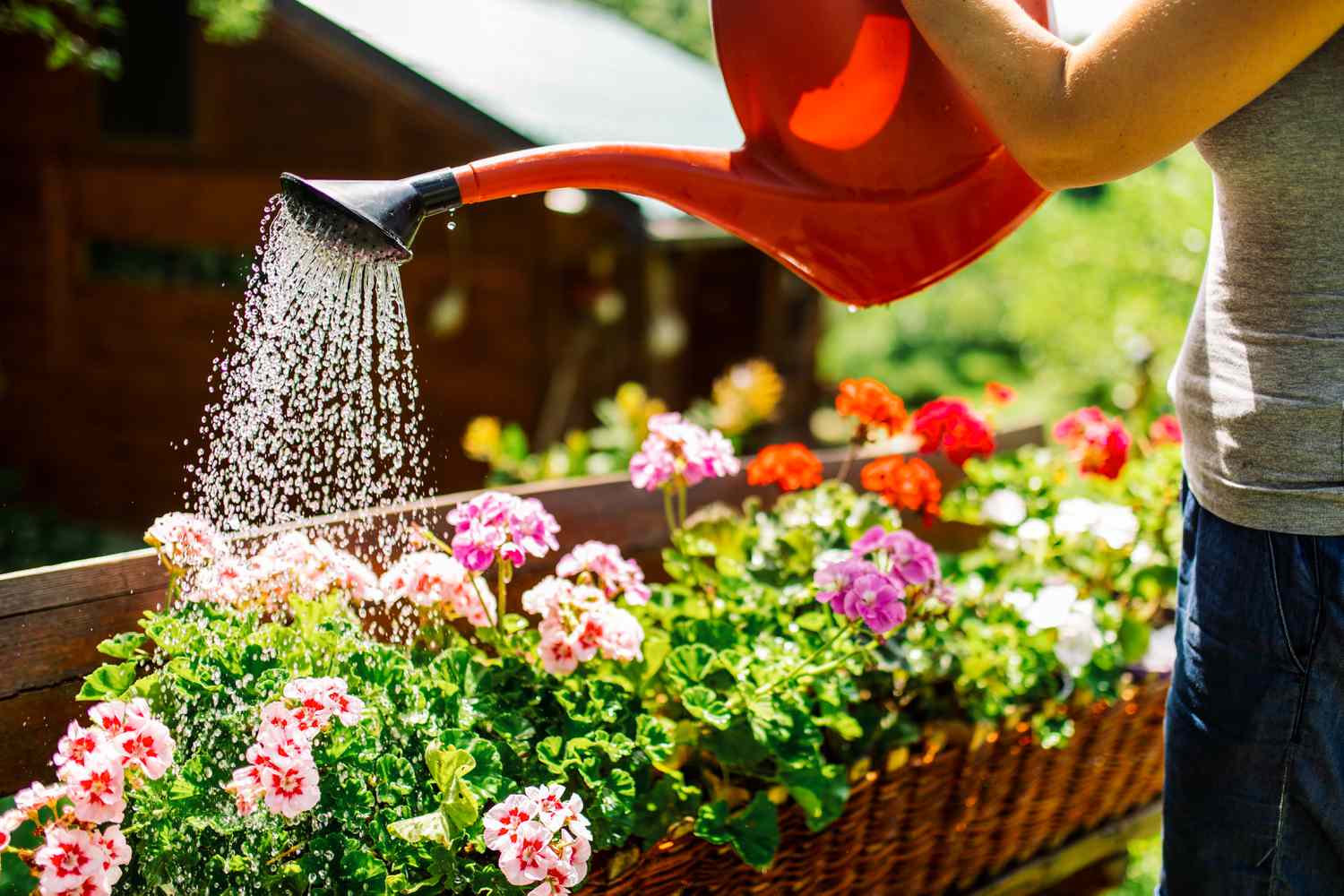
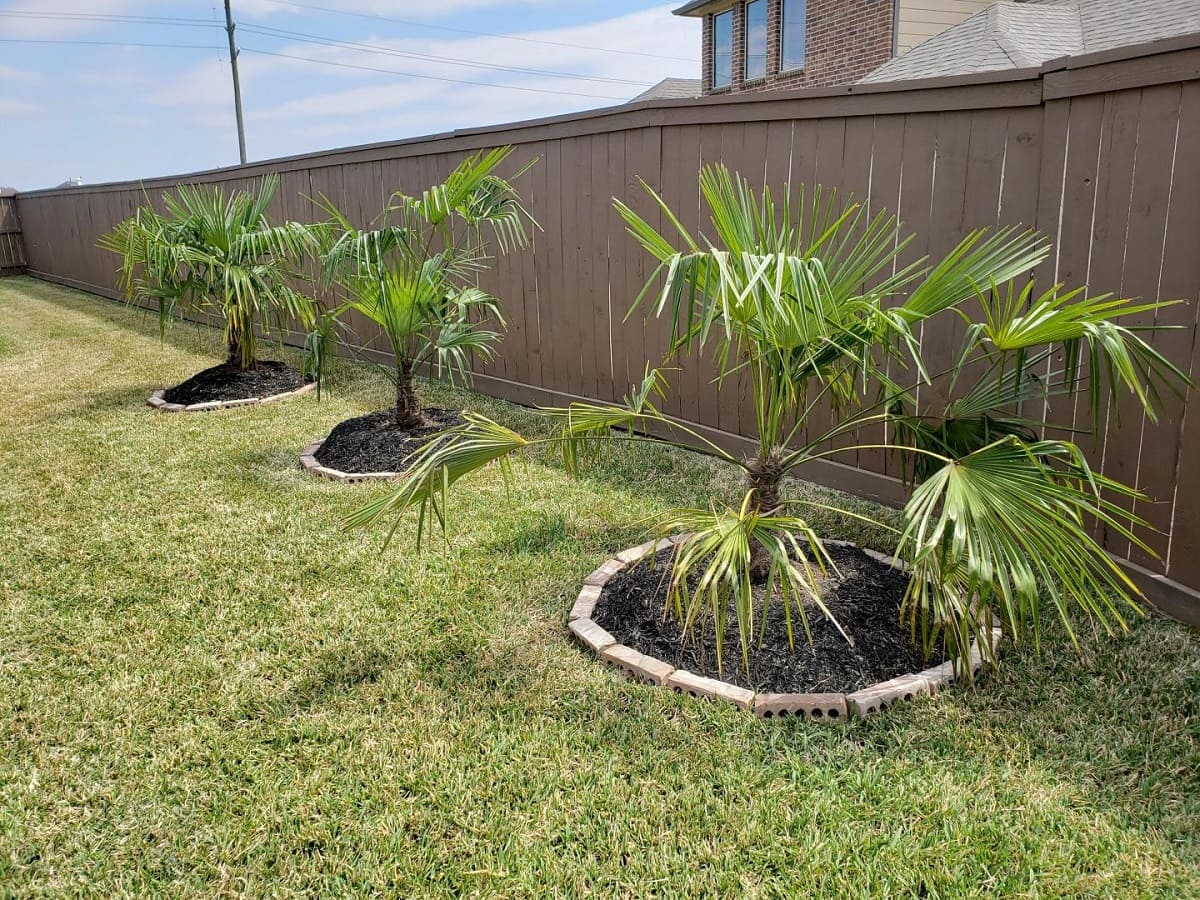
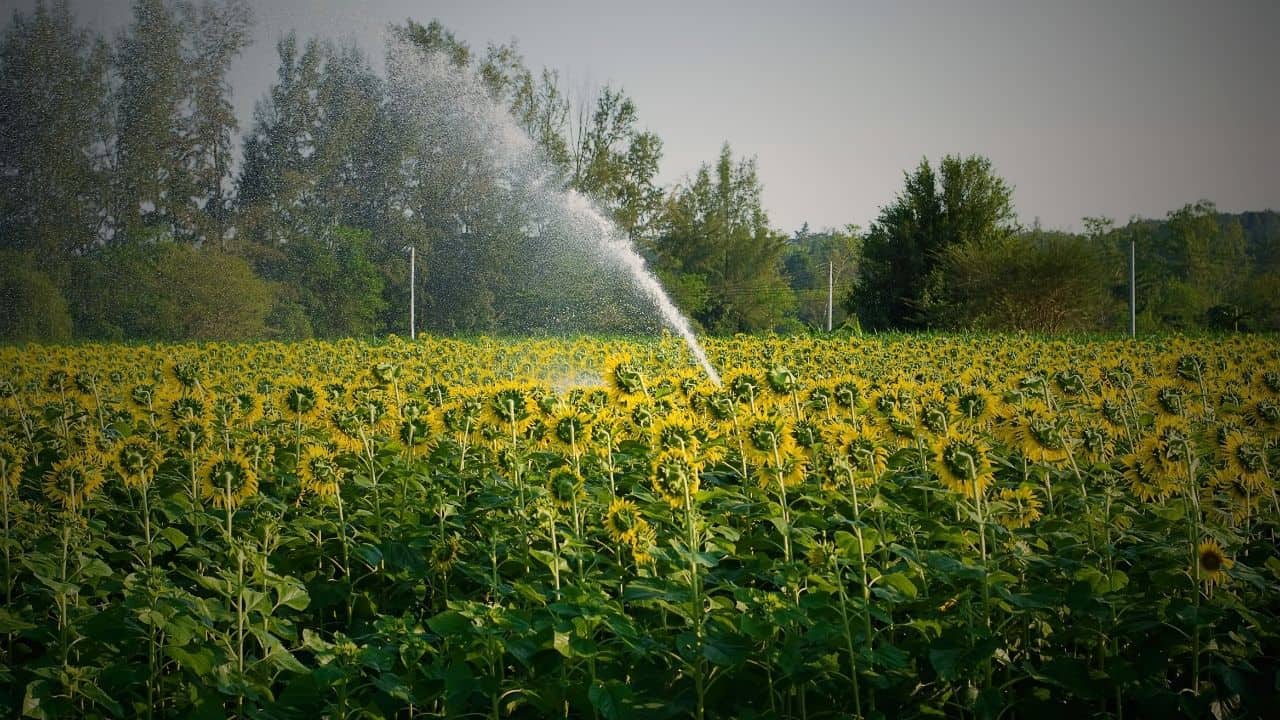
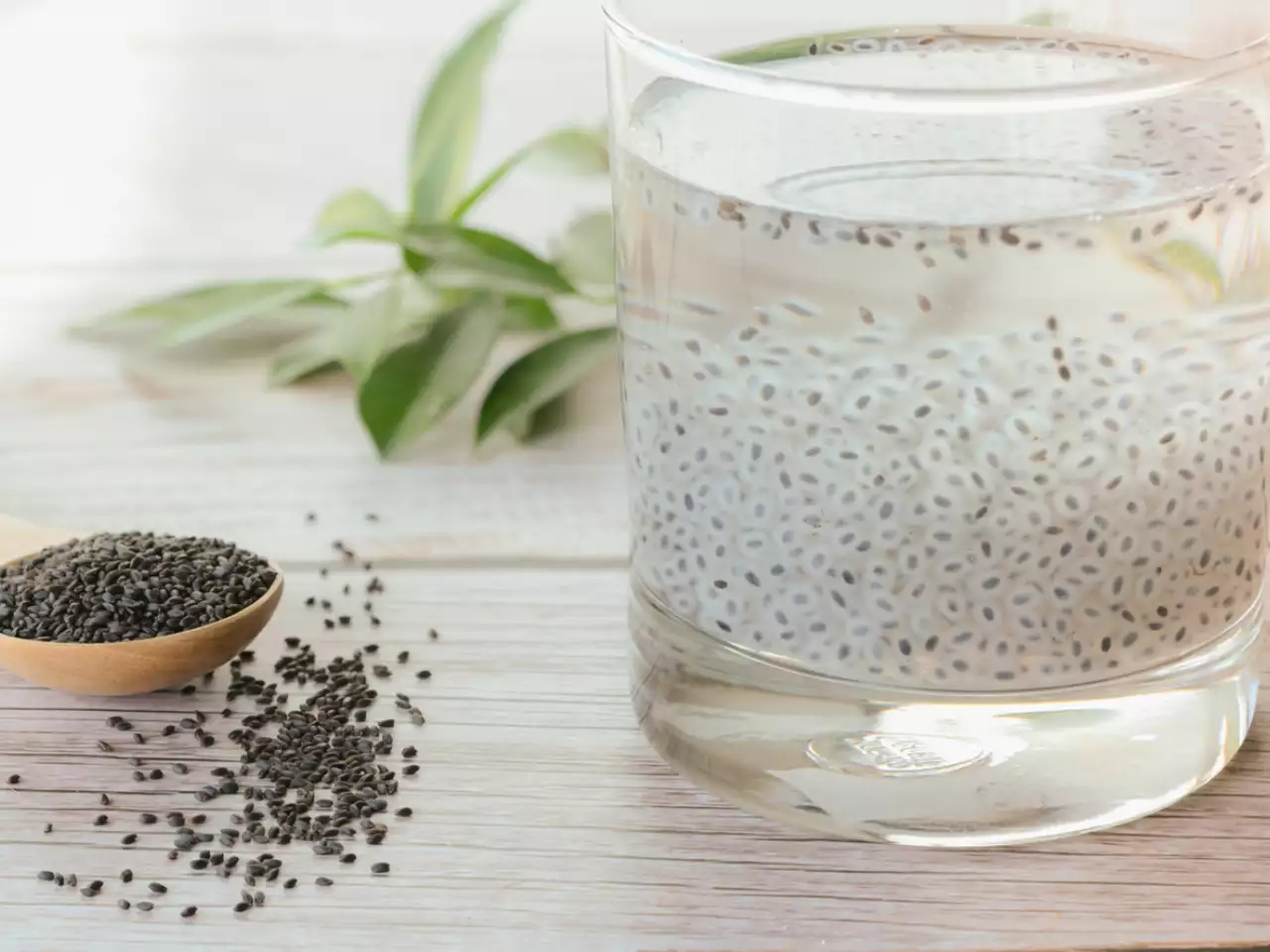

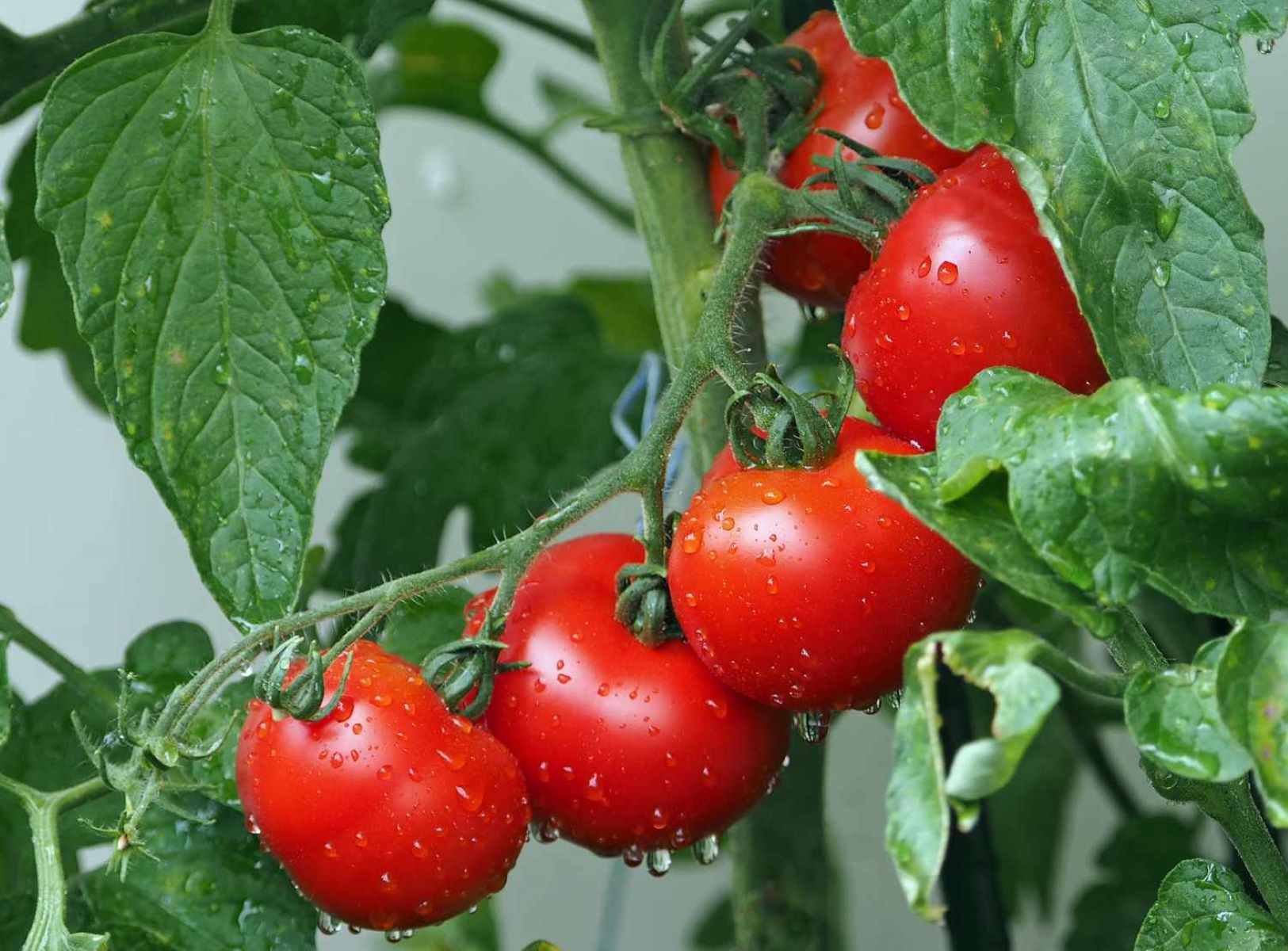
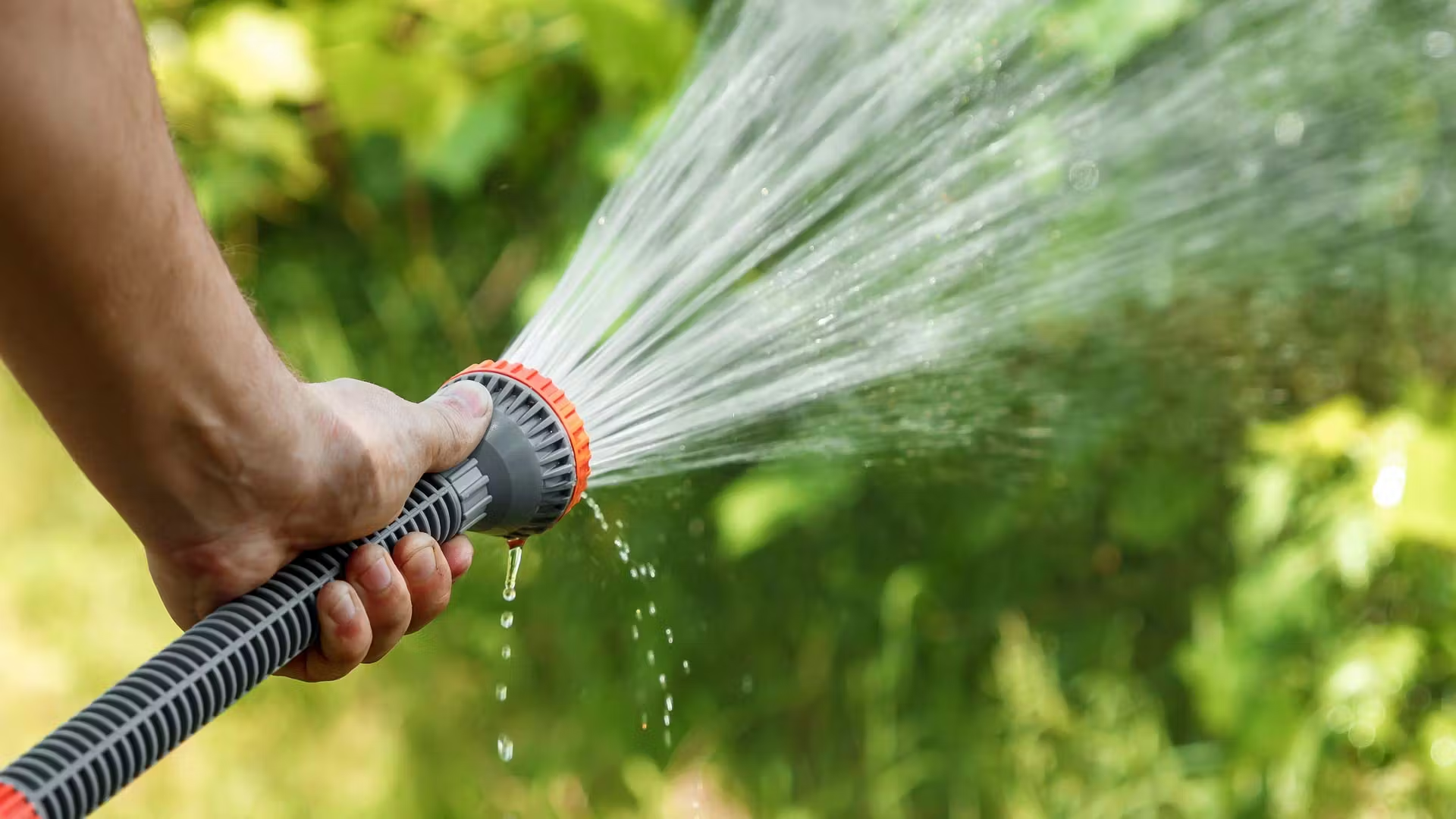
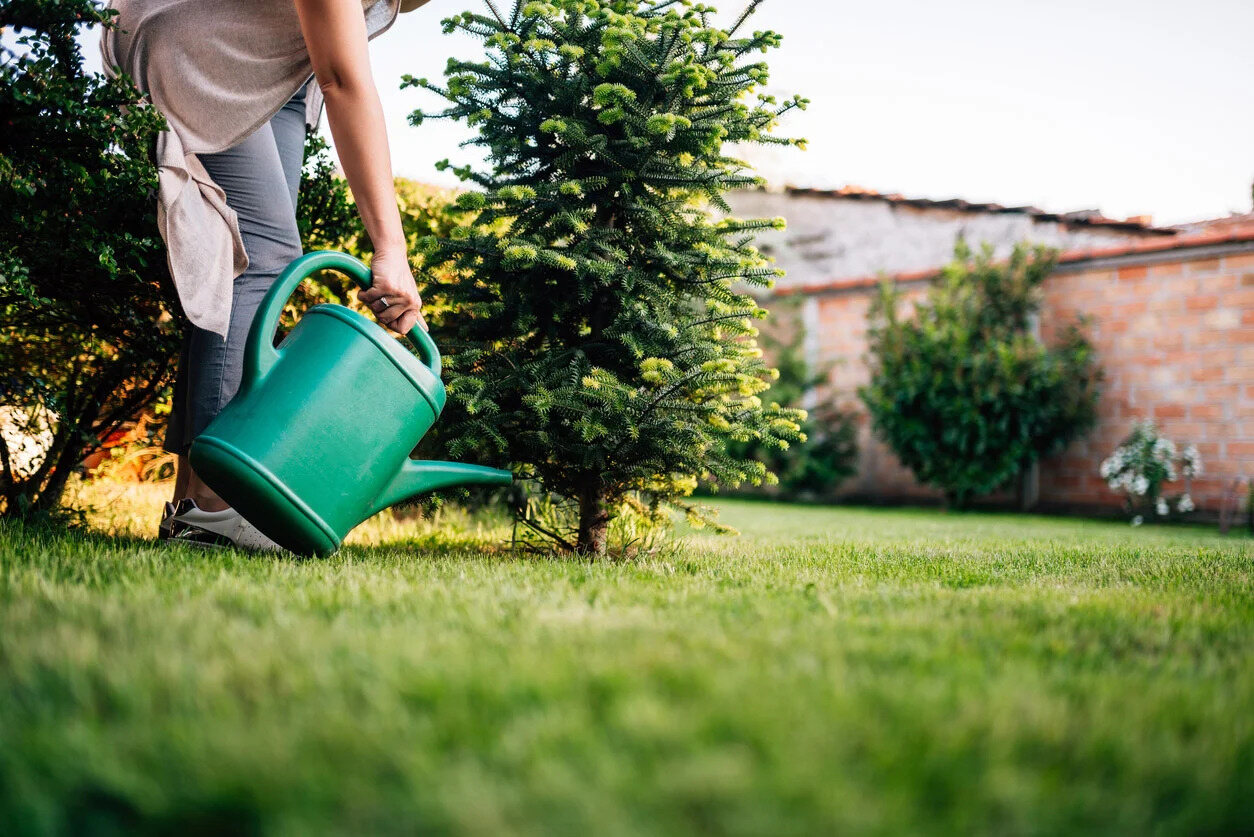
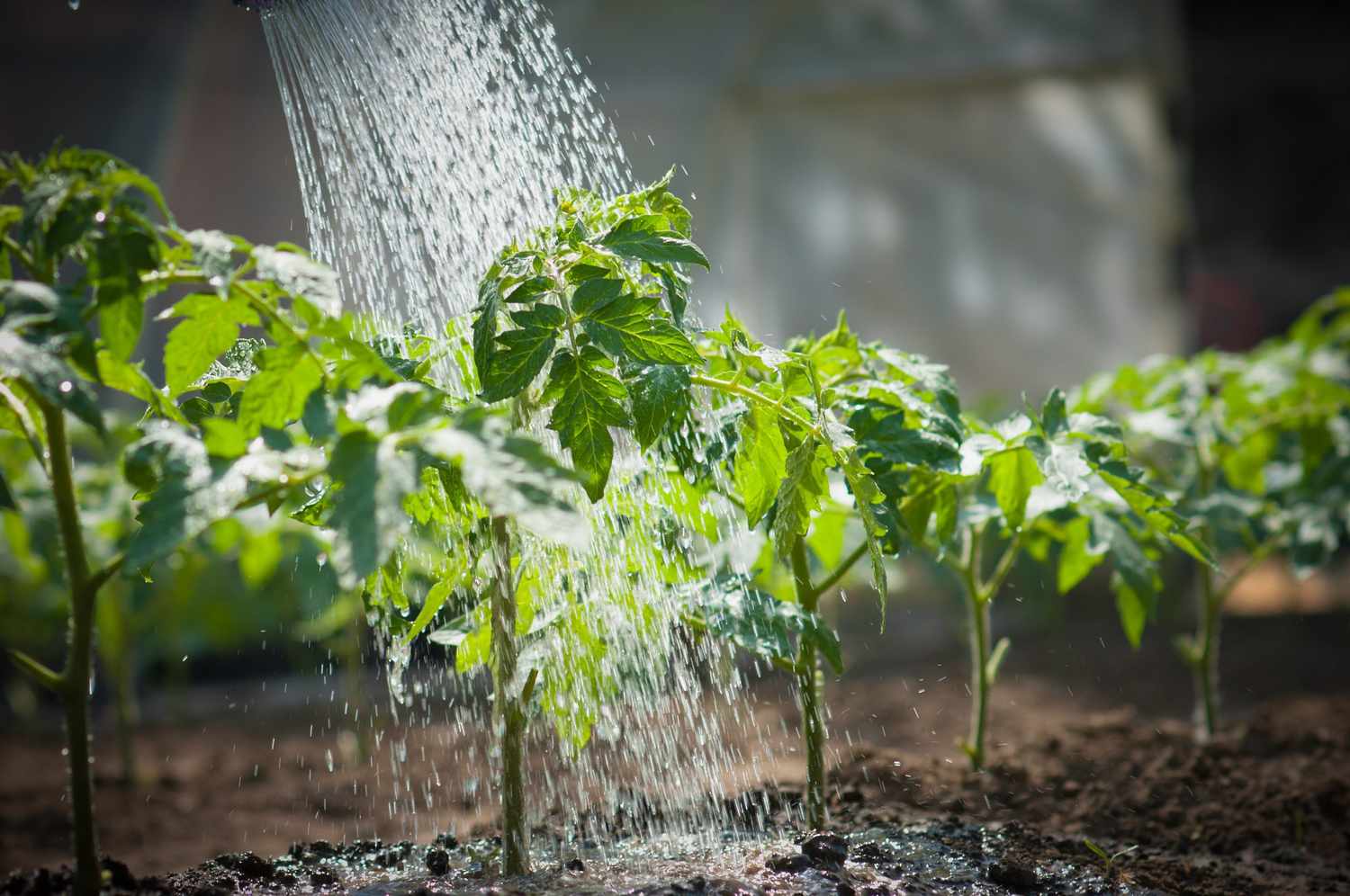
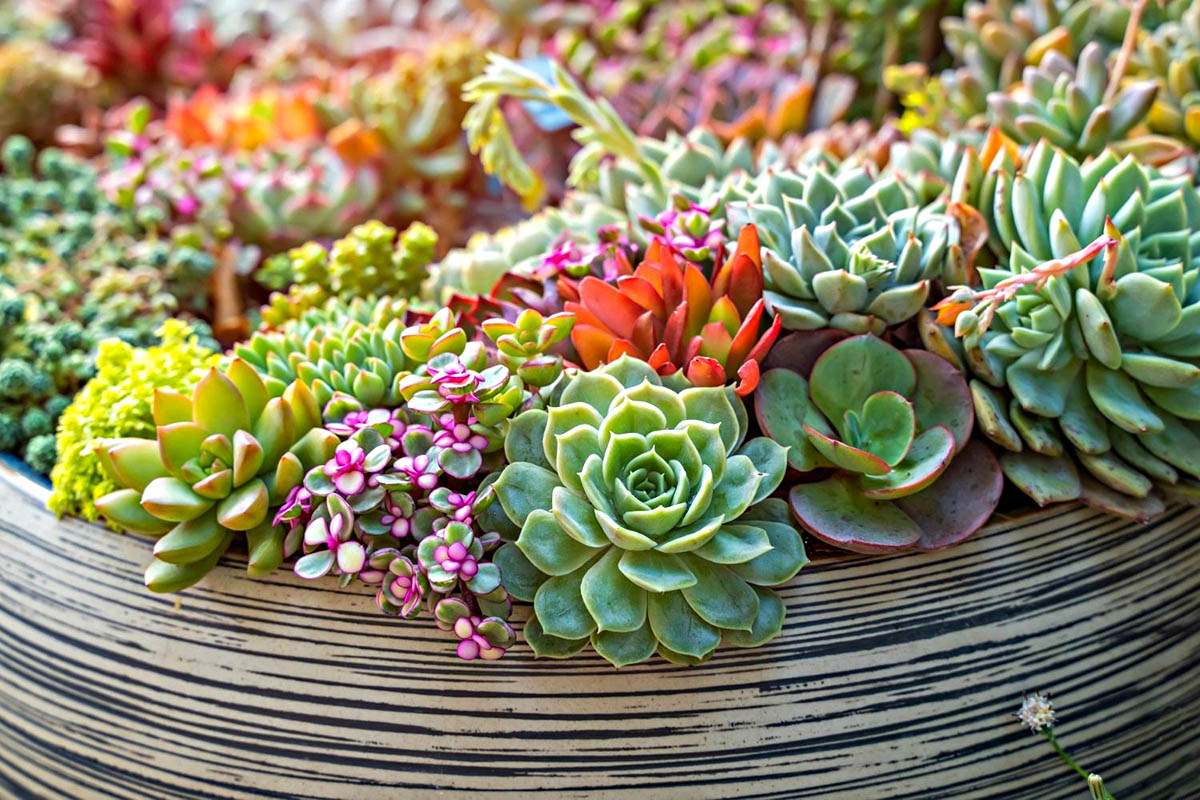

0 thoughts on “How Often Should Outdoor Succulents Be Watered?”